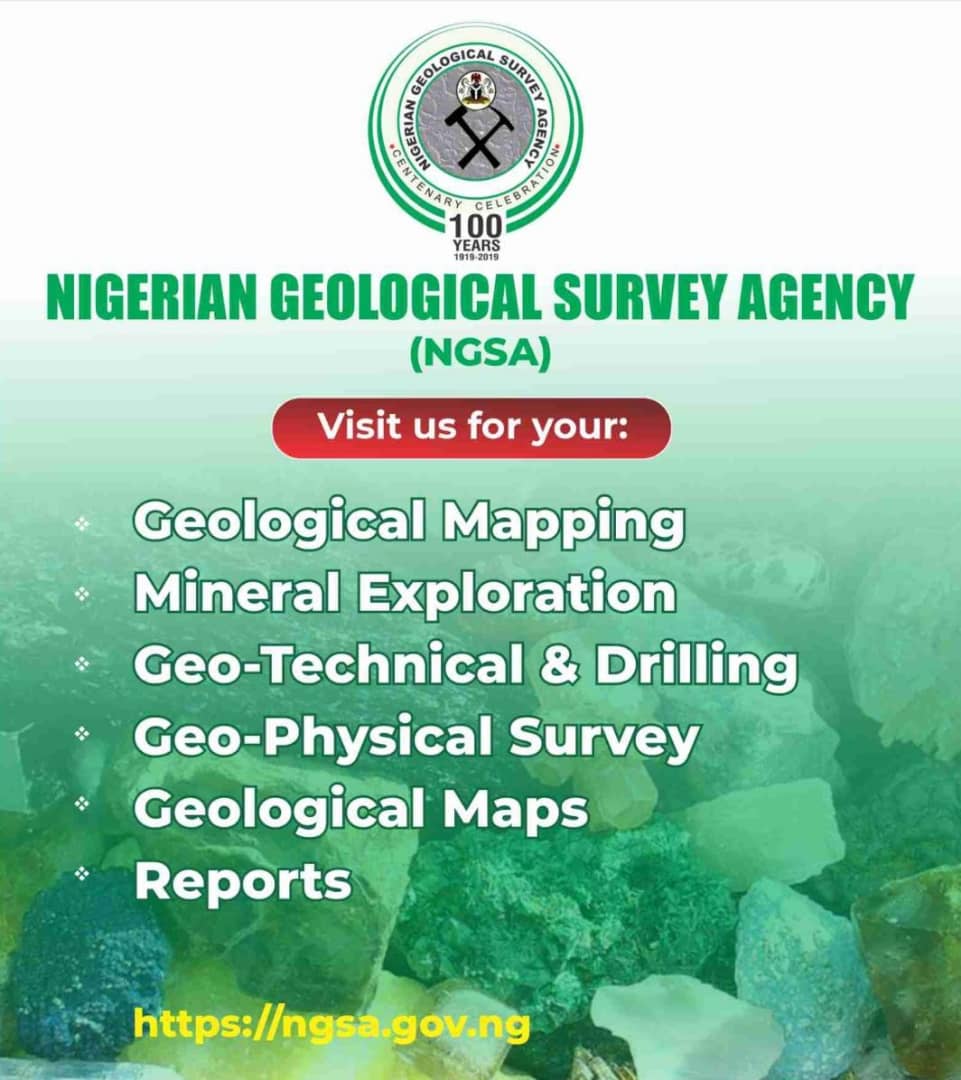
Mark Zuckerberg’s Meta, the parent company of Facebook, Instagram, and WhatsApp, is reportedly planning to invest over $10 billion in a massive subsea cable project spanning more than 40,000 kilometers.
This ambitious undertaking, still in its early stages, would mark the company’s first fully owned and operated subsea cable, according to sources close to the company.
The proposed project shows Meta’s growing focus on securing robust infrastructure to support its platforms, which drive 10% of all fixed and 22% of all mobile internet traffic globally, Techcrunch first reported.
The subsea cable, which insiders say could follow a “W” shape connecting the U.S., India, South Africa, and Australia, represents a milestone for Meta. Industry expert Sunil Tagare, who first reported the plans in October, noted that the initial budget of $2 billion is likely to swell as the project develops.
“It’s a monumental endeavor, not just in terms of investment but also in scope. The limited availability of cable-laying ships and resources could lead Meta to adopt a segmented construction approach,” Tagare said.
While the company has not publicly disclosed its plans, a formal announcement detailing the cable’s route, capacity, and objectives is expected in early 2025.
What to know
- Meta faces significant logistical challenges in executing the project. The global supply of specialized cable-laying ships is already strained, with tech giants like Google locking in contracts with firms such as SubCom.
- Ranulf Scarborough, a submarine cable industry analyst, emphasized the tight market conditions. “Finding available resources for a project of this scale will be challenging. Meta may need to adopt phased construction, stretching the timeline over several years.”
- Meta’s infrastructure initiatives are spearheaded by Santosh Janardhan, the company’s head of global infrastructure. The project is reportedly being developed out of its South Africa operations, signaling the importance of emerging markets in Meta’s global strategy.
More insights
- Traditionally, telecom carriers dominated the construction and ownership of subsea cables. However, the increasing dominance of content-driven businesses like Meta has shifted this dynamic.
- Tech companies now seek direct control of the infrastructure that delivers content, advertising, and services to users globally, minimizing reliance on external providers.
- Meta’s infrastructure initiatives, led by Santosh Janardhan, head of global infrastructure, signal a long-term strategy to dominate connectivity pipelines. If successful, this cable will reduce Meta’s reliance on shared infrastructure, enhance data flow efficiency, and potentially unlock new growth opportunities in underserved markets.
Credit: Nairametrics








